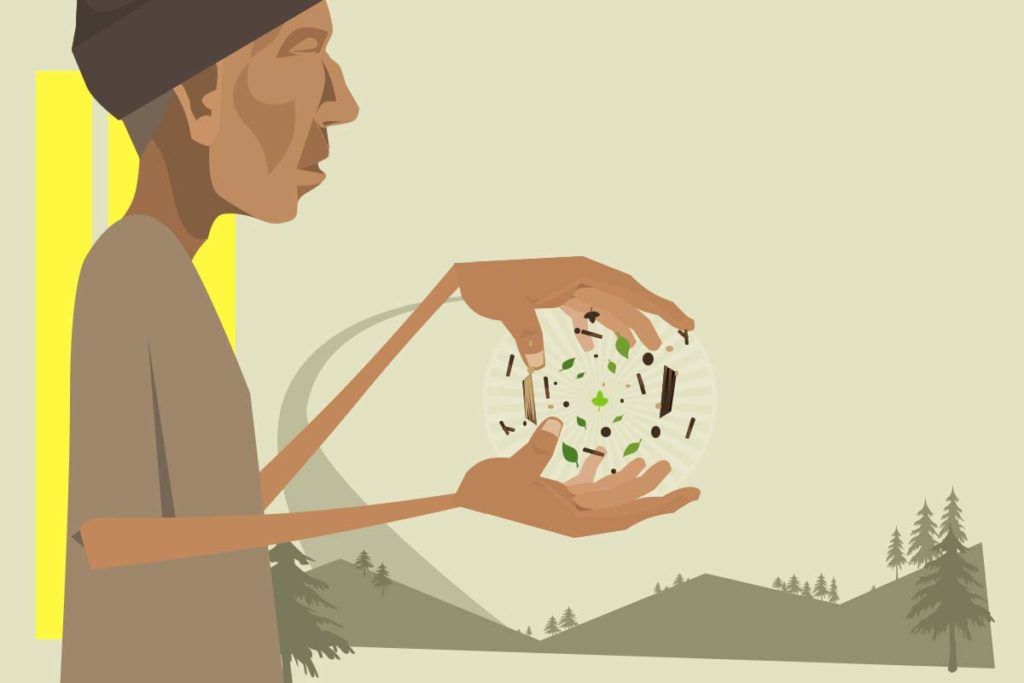What if I told you that there are people who could diagnose and cure a variety of illnesses by using the power of bodily senses? Ears in place of a stethoscope, hands in place of an x-ray machine. What if I told you that the position of a foetus and its gender could be revealed by feeling the stomach area of a pregnant woman? In the Jaintia Hills of Meghalaya, I travelled across the district to speak to three traditional …
It’s That Traditional Healing!Read More »
Interested in non-clickbait content? Become a member today.
You'll get access to:
- All content
- Comic Books
- Personalized cartoons
- Member credits in our videos and much more!
Become a member
Already a member? Log In
